Media: Chapter 3
Chapter 3, “Generic Ontologies and the Stakes of Refusal,” explores the question What is jazz manouche? Through close readings of ethnographic encounters and interviews, I show that interlocutors’ endeavors to define and situate themselves in relation to genre also give shape to complex political stances. In talk about music, how do speakers intersubjectively develop ideas about ethnorace and citizenship? Most speakers critique the very notion of jazz manouche. Refusing this generic label is one way to address the tension between identifying as Manouche and as French: to have it subsumed by the supposedly universal nature of jazz, or to position the genre as quintessentially French. Yet many simultaneously embrace the genre’s exoticizing connotations, and some use it to reshape dominant ideas about Manouche identity. Apparently contradictory stances reflect the continuously shifting, dialogical unfolding of subject positions.
In contrast to the section-by-section approach of this website’s other chapter media pages, this page focuses on several of the musicians I discuss in chapter 3. Each musician’s work demonstrates one or more of the positions on jazz manouche that I detail in the chapter. Page numbers indicate only where each musician appears in the chapter; all make appearances elsewhere in the book, as well.
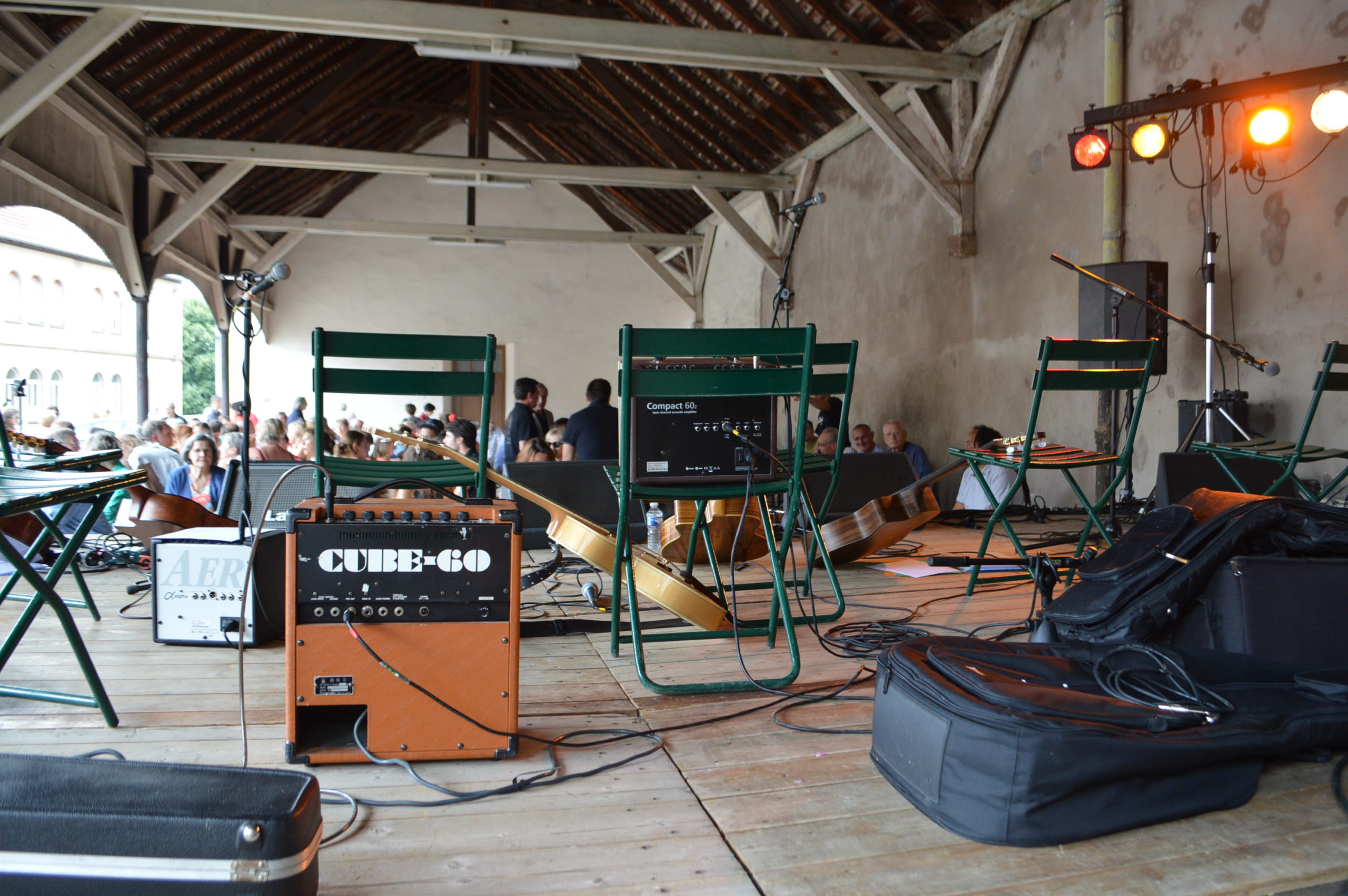
Image 3.0: View from behind the concert stage. Photo by Siv B. Lie
As I mention on pp. 109 and 114, Gigi Loeffler (109-111, 114, 118-19) and I collaborated on a documentary film project. Although the film itself was never completed, we did produce a trailer (below), centered on a performance at the Nancy Jazz Pulsations festival. The trailer reflects both Gigi’s insistence that jazz manouche is a form of jazz, as well as his goal to promote the inclusion of Manouche culture in broader conceptions of Alsatian and France cultures. It also features Yorgui Loeffler (103-104, 110-11, 125-26) and Billy Weiss (98-100, 104, 114, 125).
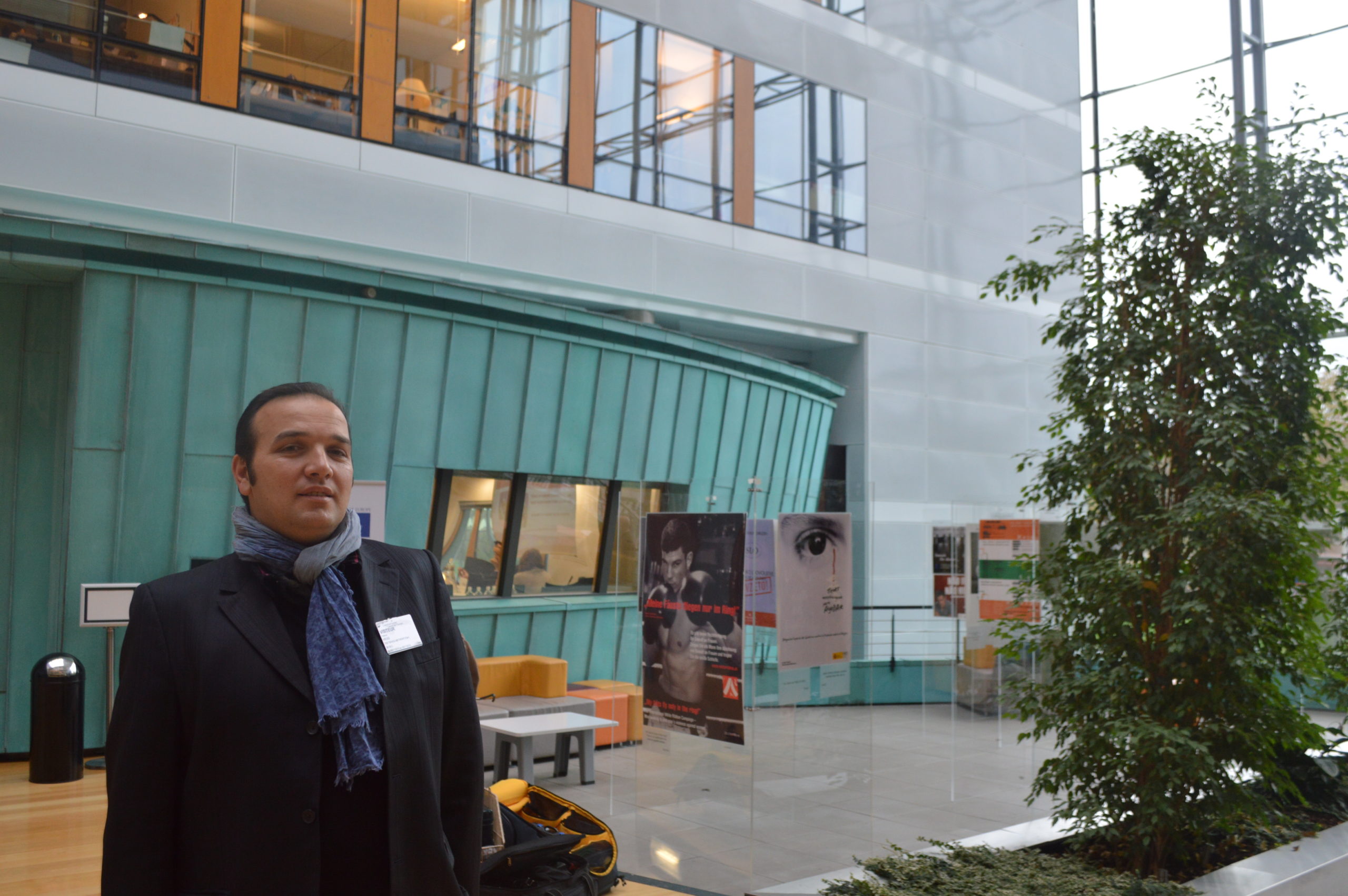
Image 3.1: Gigi Loeffler inside the Council of Europe, 2013. Photo by Siv B. Lie.
Video 3.1: Trailer for Gipsy Filja
Video 3.2: Concert at Schirrhein
This video starts off with Yorgui on solo guitar accompanied by Billy (left) and Gigi (right) at a restaurant near the city of Haguenau, Alsace in April 2014. They play “Nuages,” followed by “Swing 48,” in the middle of which Sébastien Kaufman steps in for Billy. The trio then performs the waltz “La Gitane.” At the conclusion of the tune, some audience members shout “Jekh, deux, trois” — “one” in Romani and “two” and “three” in French — and request that Gigi perform “Les Yeux Noirs” (“Dark Eyes”). Gigi tells Yorgui that they’re taking a break, but Yorgui remains onstage to perform a solo, fingerpicked lullaby. Video by Siv B. Lie.
Video 3.3: Billy Weiss Trio
This version of Billy’s trio includes Matthieu Chatelain on rhythm guitar and William Brunard on bass. The video opens with Billy performing a solo composition, then joined by the other musicians on a ballad. Video by Mickael Stoll.

Image 3.2: Ytré. Left to right: Tchatcho Helmstetter, Railo Helmstetter, Engé Helmstetter, Yardani Torres Maiani. Source: ytre-quartet.com.
In the mid-2010s, Engé Helmstetter (123-25) and Railo Helmstetter (120, 123) formed the quartet Ytré along with violinists Tchatcho Helmstetter and Yardani Torres Maiani. Ytré’s website states that for the ensemble, “The bossa-nova cadences, jazz harmonies and classical arrangements are all pretexts for the creation of ambiences, polyphonies and sound textures. The audacious writing that at times leads them to the frontiers of contemporary aesthetics contrasts with a certain love for simplicity, a search for purity.”
Video 3.4: Ytré feature segment
This video intersperses Ytré’s performances of original compositions with ensemble members’ reflections on their musical influences and processes.
ENGLISH TRANSLATION
Coming soon!
Additionally, Railo has recently begun a new project, Nomadim, with violinist Marc Crofts and bassist Blaise Hommage.
Engé and Railo also collaborate with Marcel Loeffler (124), including on Marcel’s 2015 album Secrets. As described in the chapter, each year, Marcel organizes a showcase of sorts for the Printemps des Bretelles festival just outside of Strasbourg. In 2015, he collaborated with singer Lisa Doby on a US soul-themed performance. His interest in Black American music has also led him to collaborate with groups such as Nitashi Gospel Singers.
Video 3.5: Marcel Loeffler's "Homage to Soul Music," Printemps des Bretelles festival, Illkirch-Graffenstaden, Alsace, March 2015.
Video 3.6: "Jesus Excellent" (Marcel and Cédric Loeffler, Gilles Coquard, Lisa Doby, and Nishati Gospel Singers).
Video 3.7: "Place du tertre"
Along with his son and regular accompanist Cédric Loeffler, Marcel has performed many times with Biréli Lagrène (113-14, 116, 120, 123, 124), such as at Marcel’s 2014 Printemps des Bretelles concert. This video of “Place du Tertre,” an original Biréli composition, also features saxophonist Franck Wolf and reflects the musicians’ interest and fluency in contemporary jazz idioms. Printemps des Bretelles festival, Illkirch-Graffenstaden, Alsace, 25 March 2014. Video by Siv B. Lie.
Images from the Printemps des Bretelles Concert
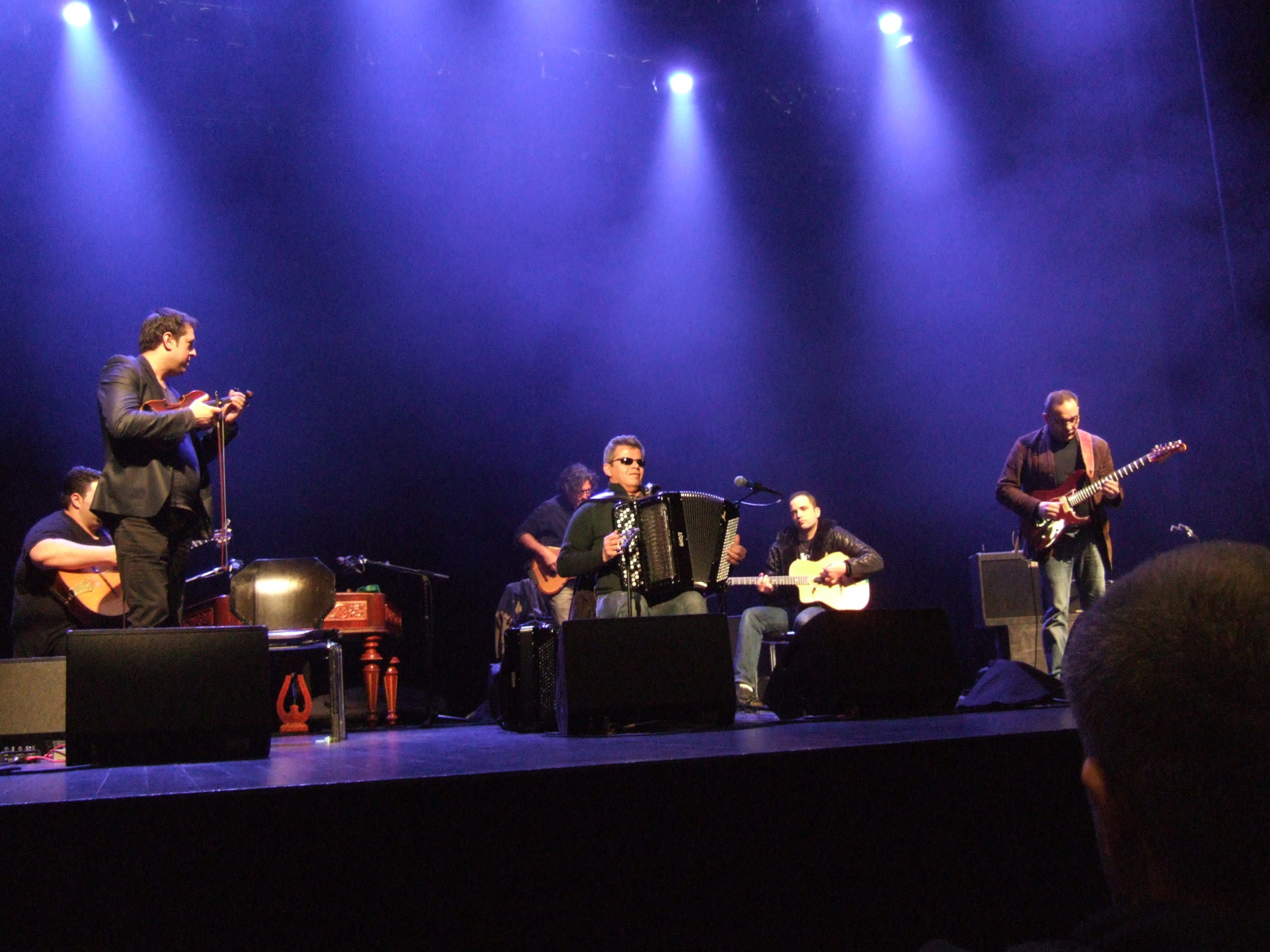
Image 3.3: Soundcheck prior to the concert. 26 March 2014. Photo by Siv B. Lie.
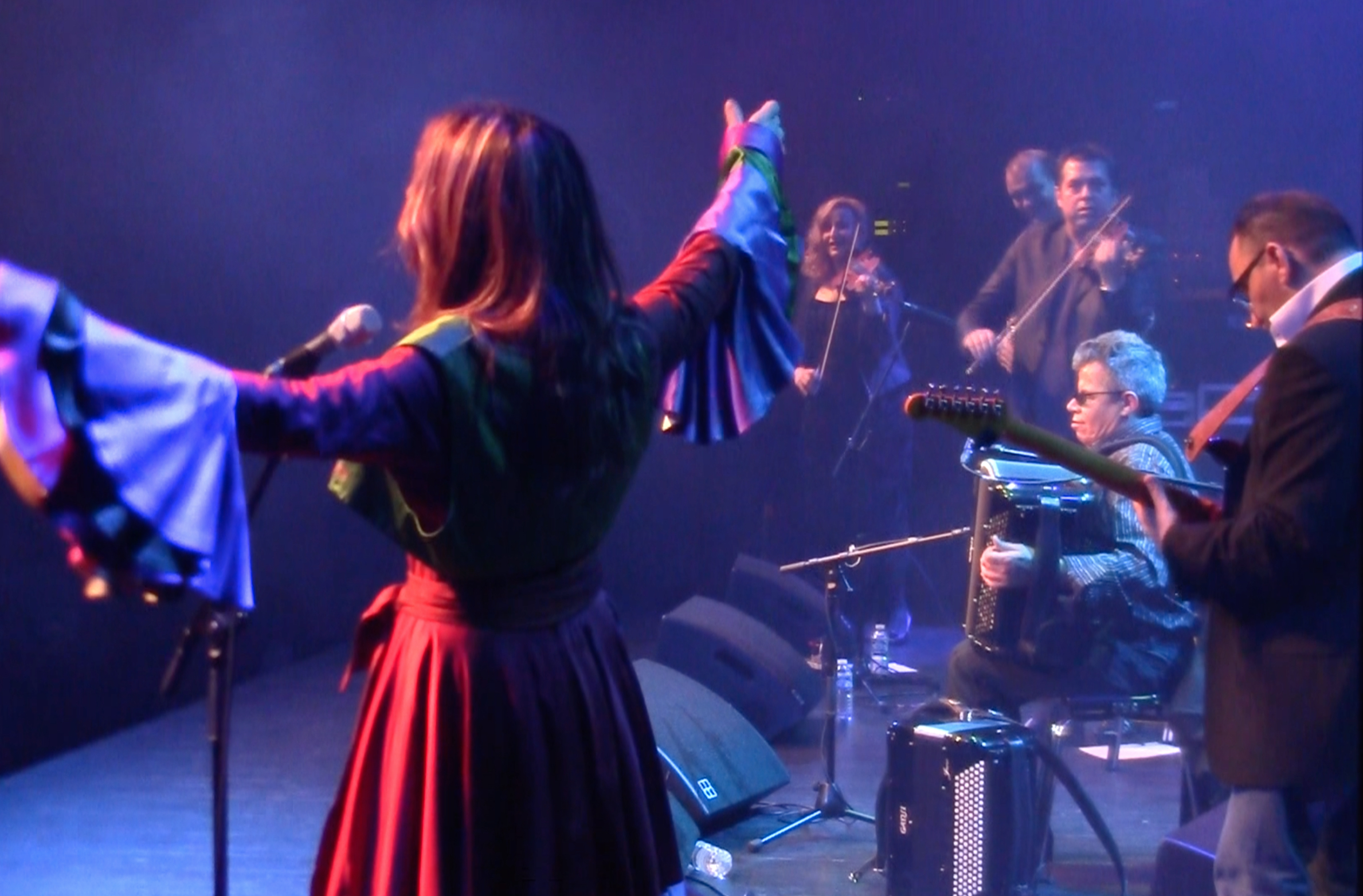
Image 3.4: Backstage view of the “Tzigane” portion of the same concert. 26 March 2014. Photo by Siv B. Lie.
On p. 113, I describe Biréli’s adherence to alongside his musical eclecticism. The first video below highlights his jazz manouche repertoire, whereas the second one demonstrates both his generic and instrumental versatility. This latter video is an homage to Jaco Pastorius, the bassist with whom he developed a fruitful musical partnership (for example, on their album Stuttgart Aria).
Video 3.8: Biréli Lagrène, “Gipsy Project” concert.
Video 3.9: Biréli Lagrène & Charlier / Sourisse Multiquarium Big Band "Remember Jaco Pastorius." The start point of this video has been set to 53s, when Biréli explains the inspiration for this concert.
In his earliest performing days, Biréli was supported by APPONA, which also helped launch the career of Dino Mehrstein (111-12, 118). Listen to his album Point de départ, described on p. 112.
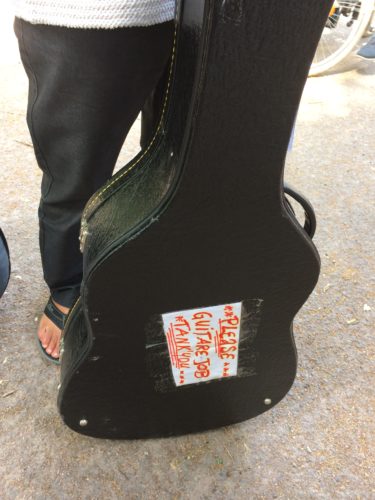
Image 3.5: Dino’s guitar case with a message for prospective employers. Photo by Siv B. Lie.